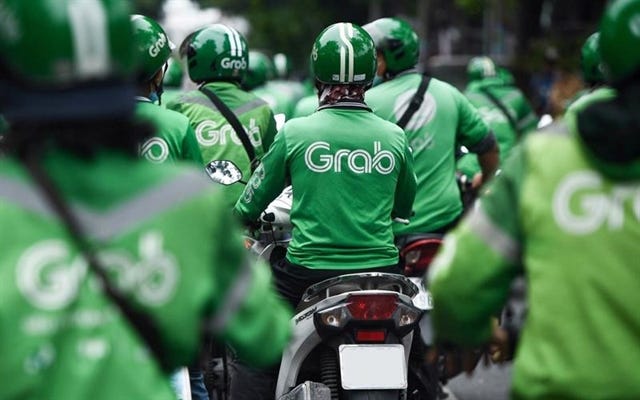Is Grab a Monopoly?
Grab. The Makings of a SuperApp! Equity Research! Part 2/3
In the first part of this Deep Dive, we discussed how Grab came to dominate the 700M people-strong region of Southeast Asia!
In the last twelve months, Grab’s 42M users spent $17B on the platform.
If you are interested in Grab and want to have a full picture, I recommend starting with Part 1!
Today, I am going to tell you how network effects are driving Grab’s growth.
The more customers Grab onboards on the platform, the more merchants join to service them, driving more customers to use the platform, which again drives new merchants to join, and the cycle continues.
Additionally, we will look at who their main competitors are. (hint GoTo)
Lastly, Southeast Asia’s development trends will be analysed!
1. Network Effects
2. Competition
3. Regional Development
4. Part 3
1. Network Effects
Network effects dictate that the value proposition of a platform increases with each additional participant in the platform.
Let’s look at this through the lens of Grab’s 3 main business segments.
The platform had 35.5M



